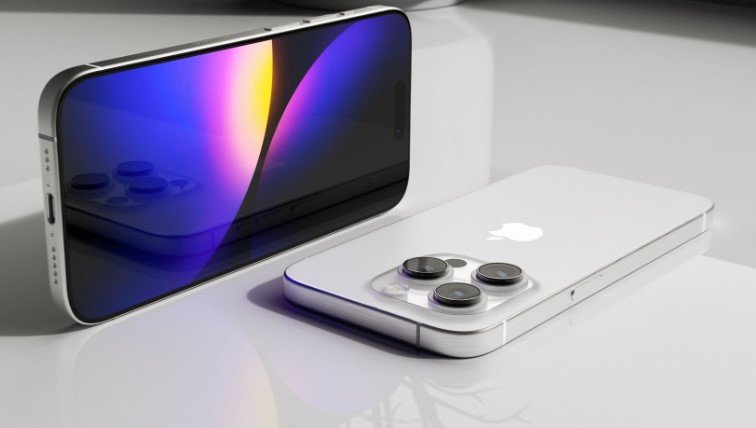Apple is expected to launch its new iPhone 15 lineup in September, and one of the major changes could be the switch from Lightning to USB-C port for charging and data transfer. This could enable the iPhone 15 to support faster charging speeds than the previous models, as well as comply with the EU’s new regulation that requires all smartphones to use a common charging standard by 2024.
Why USB-C is better than Lightning
USB-C is a universal connector that can deliver both power and data across a range of devices, such as laptops, tablets, cameras, and headphones. It has several advantages over Lightning, which is a proprietary connector that only works with Apple devices.
- USB-C can support up to 100W of power delivery, while Lightning can only support up to 27W. This means that USB-C can charge devices faster and more efficiently than Lightning.
- USB-C can also support faster data transfer speeds than Lightning, up to 10Gbps compared to 480Mbps. This means that USB-C can transfer files, photos, videos, and other data faster and more reliably than Lightning.
- USB-C is reversible, meaning that it can be plugged in either way without worrying about the orientation. Lightning is also reversible, but it has a smaller and more fragile connector that can wear out over time.
- USB-C is compatible with a wide range of accessories and peripherals, such as monitors, keyboards, mice, docks, hubs, and adapters. Lightning requires special adapters or cables to connect to other devices, which can be costly and inconvenient.
How fast will the iPhone 15 charge with USB-C
According to a report by 9to5Mac, some of the new iPhone 15 models will support charging up to 35W with USB-C, compared to the 27W speeds that the current iPhone 14 Pro is limited to. This means that the iPhone 15 could charge from 0% to 50% in about 15 minutes, and from 0% to 100% in about 45 minutes.

However, this may not be the case for all iPhone 15 models. Apple analyst Ming-Chi Kuo predicted last year that only the iPhone 15 Pro and Pro Max models would feature USB-C charging, while the iPhone 15 and iPhone 15 Mini would stick with Lightning. He also suggested that the faster charging speeds would only be supported by Apple-certified cables, which could limit the availability and affordability of compatible chargers.
Apple stopped including power adapters with its iPhones in 2020, citing environmental reasons. Therefore, customers who want to take advantage of the faster charging speeds may have to purchase a separate power adapter from Apple or a third-party vendor. Apple currently sells a 35W dual USB-C charger for $49 and a 30W USB-C charger for $39.
How will the iPhone 15 comply with the EU’s new regulation
The European Union recently passed a new regulation that requires all smartphones sold within the bloc to use a common charging standard by December 28th, 2024. The regulation aims to reduce electronic waste and increase consumer convenience by making chargers compatible across different devices.
The regulation specifies that USB-C is the preferred common charging standard for smartphones, which means that Apple will have to adopt USB-C for its iPhones sold in the EU by the deadline. However, Apple could still use Lightning for its iPhones sold in other regions, such as the US and China.
Apple has been resisting the EU’s push for a common charger for years, arguing that it would stifle innovation and harm consumers. Apple claims that switching to USB-C would render millions of existing Lightning accessories obsolete, creating more waste and inconvenience. Apple also says that it has been working on wireless charging solutions, such as MagSafe and AirPower, that could eliminate the need for any ports on its devices.
What else to expect from the iPhone 15
The iPhone 15 is rumored to have several other improvements and features besides USB-C charging. Some of them are:
- Slimmer bezels and a titanium frame for the iPhone 15 Pro and Pro Max models
- A smaller notch and a higher refresh rate for the display
- A larger battery capacity and improved battery life
- An upgraded camera system with better zoom, autofocus, and night mode
- A new A16 Bionic chip with faster performance and better efficiency
- A new color option called Sunset Gold
- No leather case option from Apple
The iPhone 15 is expected to be unveiled on Tuesday, September 12th, along with other products such as the Apple Watch Series 8 and the AirPods Pro 2. The iPhone 15 is likely to have a similar price range as the iPhone 14, starting from $699 for the iPhone 15 Mini and going up to $1,099 for the iPhone 15 Pro Max.
































